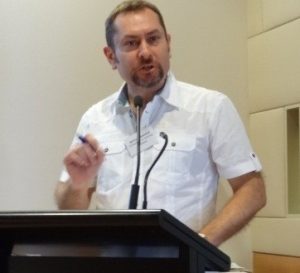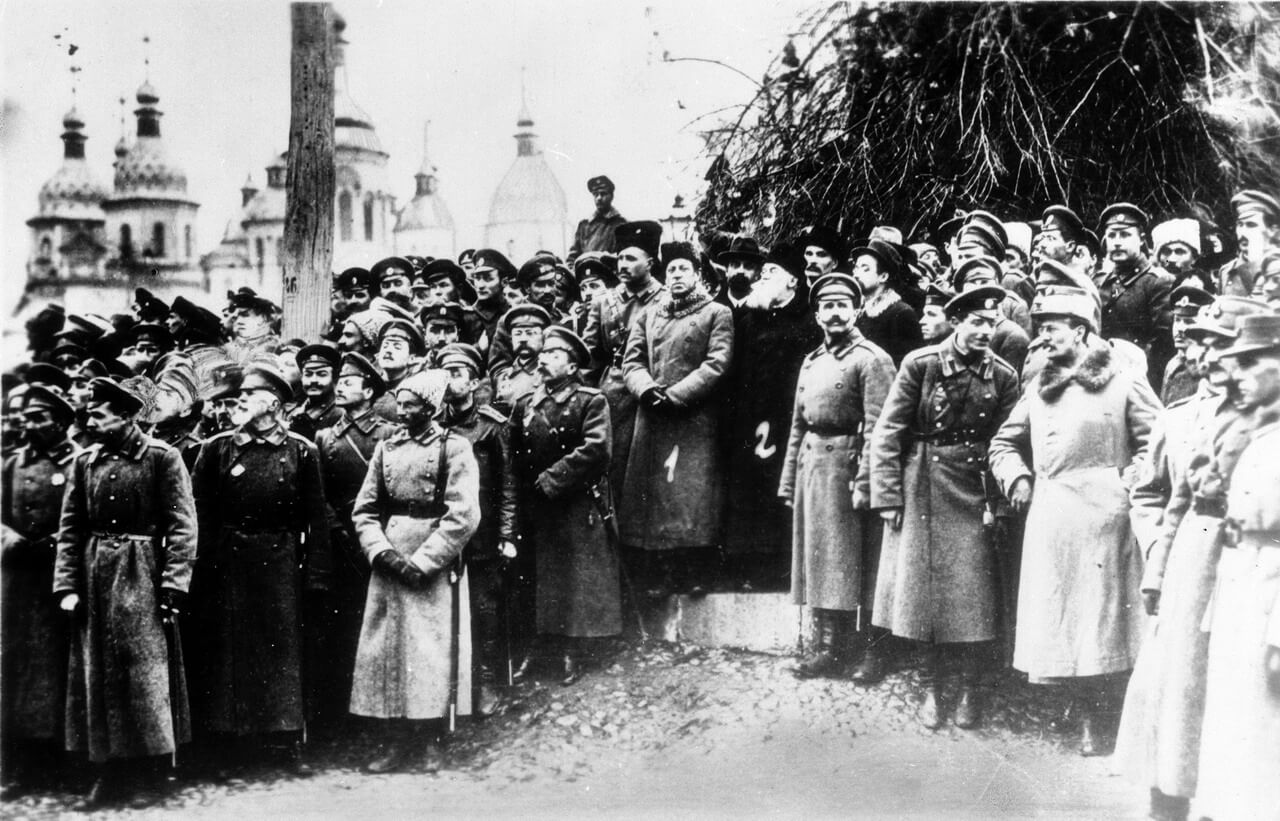The Ukrainian Revolution as an Extension of the First World War
June 23, 2016 / 9.30
Center for Urban History, Lviv
Recent revisionist scholarship on the Russian Revolution and the civil war interprets the entire period 1914–20 as a "continuum of crisis" marked by the systematic application of violence and methods of mass mobilization. It can be argued that the Ukrainian Revolution has always been analyzed as a process that was intertwined with the final stages of the Great War - starting with Alexander Dovzhenko’s famous silent film Arsenal and continuing with Soviet historians’ emphasis on the German and Allied "intervention" in Ukraine. It is probably time to start viewing the Ukrainian Revolution as unfolding chronologically and in interaction with the world war to interpreting the events in Ukraine as typologically similar to the social upheavals and nation-building projects elsewhere in contemporary Europe. The legacies of militarization and mobilization, both coupled with the "culture of defeat," shed new light on the confusing struggles in Ukraine in 1917–20.

Serhy Yekelchyk
a native of Ukraine, Dr. Yekelchyk was trained as a cultural historian in Kyiv, Melbourne, and Edmonton. He has taught at the University of Michigan (Ann Arbor) before accepting a permanent position at the University of Victoria. A Full Professor since 2014, Dr. Yekelchyk currently serves as president of the Canadian Association of Ukrainian Studies. He has published six books on Ukrainian history and Ukrainian-Russian relations, including Ukraine: Birth of a Modern Nation (OUP, 2007), which was translated into five languages. His most recent book is The Conflict in Ukraine (OUP, 2015).
The lecture was a part of an international workshop "Urban Experiences of the Great War in Eastern Europe".
Credits
Сover Image: Proclamation of the Third Universal on Sofia Square in Kyiv. In the center - Simon Petliura, Mykhailo Hrushevsky, Volodymyr Vynnychenko. 1917
